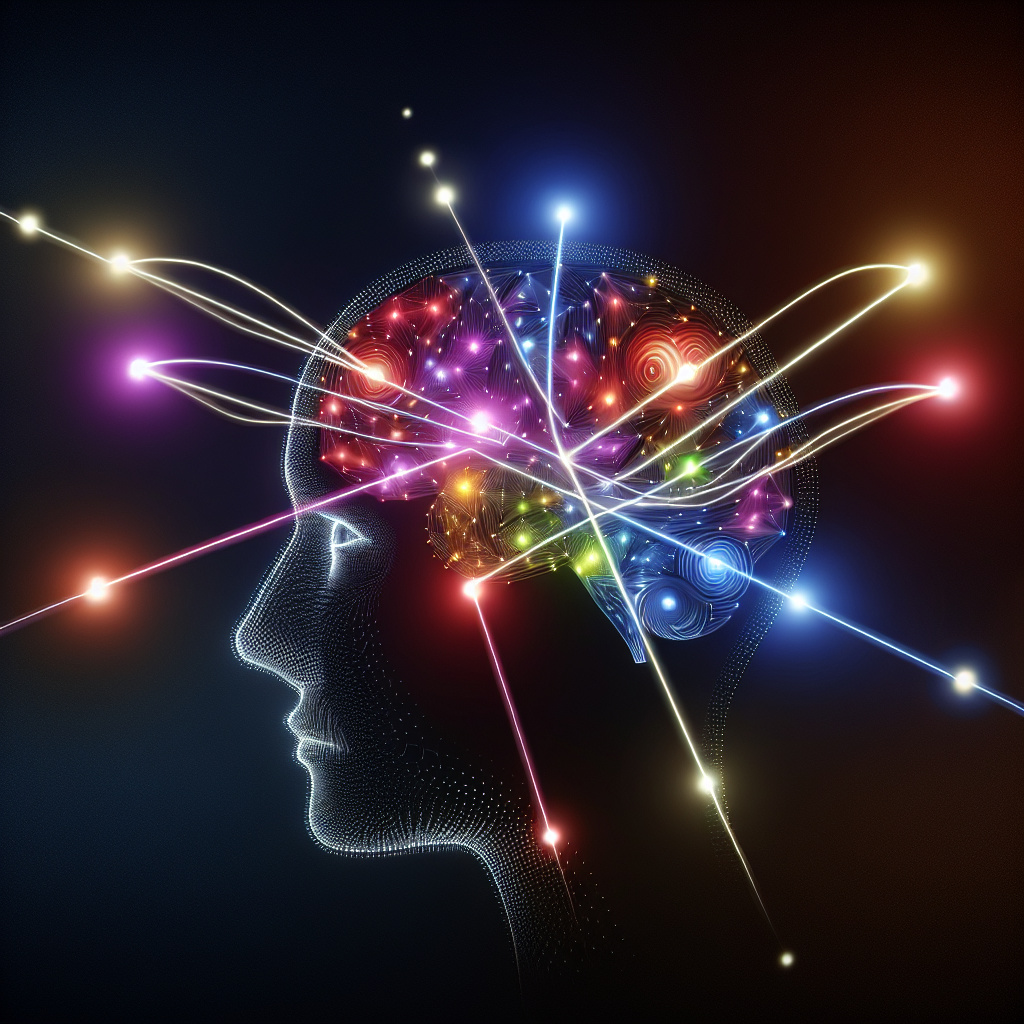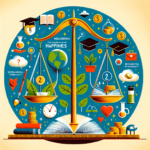
Introduction
Imagine you’re on social media, scrolling through posts that confirm every belief you hold dear. Whether it’s political affiliations, dietary choices, or lifestyle preferences, the overwhelming sense of validation brings comfort and reassurance. But what if I told you that this confirmation is not just coincidence? It’s rooted deeply in psychology, and it’s something that affects nearly every aspect of our lives. Welcome to the fascinating world of confirmation bias, where our brains have a knack for confirming what we already believe, shaping our reality in profound ways. In this in-depth article, we will explore Seeing What We Want: How Confirmation Bias Shapes Our Reality, examining its implications, real-world case studies, and tools to help us recognize and mitigate its effects.
Understanding Confirmation Bias
Confirmation bias is the tendency to search for, interpret, and remember information in a way that confirms one’s pre-existing beliefs or hypotheses. This cognitive shortcut can sometimes be valuable, allowing us to make quick decisions in a complex world. However, it can also lead us astray, causing us to misinterpret data and dismiss contradictory evidence.
The Mechanics Behind Confirmation Bias
At its core, confirmation bias is a mental filter that skews our perception. Our brains process a massive amount of information daily; to manage this load, they select what’s relevant based on our existing beliefs. As psychologist Jonathan Haidt eloquently stated, "We are not thinking machines; we are feeling machines that think." Our emotions often dictate our decisions and perceptions, leading us to favor information that resonates with what we already feel.
Table 1: Common Forms of Confirmation Bias
| Form | Description | Example |
|---|---|---|
| Selective Search | Actively seeking out information that confirms beliefs | Following news outlets that align with personal views. |
| Biased Interpretation | Interpret ambiguous evidence in a way that supports beliefs | Reading a study’s results in a way that supports a preconceived notion. |
| Memory Bias | Remembering information that supports beliefs better | Forgetting criticisms while recalling praise. |
The Real-World Impact of Confirmation Bias
Case Study: Political Polarization
In recent years, the rise of social media has provided fertile ground for confirmation bias to flourish, particularly in political arenas. For example, during the 2016 U.S. presidential election, voters often engaged with content that confirmed their political beliefs, creating echo chambers that led to heightened polarization.
A study from UCLA found that individuals who engaged with partisan news sources were more likely to reinforce their opinions, leading to widened ideological divides. This situation sparked debates about the responsibility of media platforms.
Analysis of the Case Study
Political confirmation bias illustrates the dangers of an unbalanced media diet. When people only consume information that aligns with their views, they become less tolerant of dissenting opinions, further entrenching societal divisions. This case reinforces the idea that Seeing What We Want: How Confirmation Bias Shapes Our Reality has far-reaching implications beyond personal belief systems—affecting our collective social fabric.
Case Study: Health and Wellness Trends
Consider the popular diet known as the ketogenic or "keto" diet. Evidence supporting its effectiveness is abundant, yet so is the criticism surrounding its sustainability and potential health risks. Advocates often highlight only studies that support low-carb high-fat diets while dismissing those that outline potential drawbacks, effectively creating a confirmation bias around the practice.
Analysis of the Case Study
In this case, confirmation bias can lead consumers to ignore important health information, potentially compromising their well-being. The Seeing What We Want: How Confirmation Bias Shapes Our Reality in health-related choices can lead individuals into echo chambers that may be harmful over time.
Recognizing Confirmation Bias in Our Lives
Awareness is the first step in combating confirmation bias. Here are several strategies that can help individuals recognize and mitigate the effects:
1. Question Your Assumptions
Make it a habit to challenge your beliefs actively. When presented with new information, ask yourself if you might be neglecting contradictory evidence.
2. Seek Out Diverse Perspectives
Engage with content from various viewpoints. Deliberately choosing to explore opposing opinions can broaden your perspective and reduce bias.
3. Use the "Devil’s Advocate" Technique
In discussions, take a counterpoint, even if you personally disagree. This practice can illuminate blind spots and encourage critical thinking.
4. Practice Active Listening
Focus on understanding opposing views rather than preparing your rebuttal. This creates a more open dialogue and lessens polarized thinking.
5. Engage with Objective Data
Seek information from neutral or credible sources. Data can often cut through emotional reasoning and provide clarity.
The Role of Confirmation Bias in Decision Making
Decision-making is an area heavily influenced by confirmation bias. When faced with choices, individuals often disregard evidence or opinions that challenge their preferences.
Case Study: Business and Investment Choices
Investors frequently suffer from confirmation bias when it comes to stock choices. For instance, if an investor believes a particular stock will outperform the market, they may focus solely on news and reports that validate this belief while ignoring red flags that may indicate impending issues.
Analysis of the Case Study
This case illustrates that seeking validation for personal investments can lead to poor financial decisions. As the market fluctuates, Seeing What We Want: How Confirmation Bias Shapes Our Reality can cause individuals not only to lose money but also to ignore pivotal trends that may lead to better investment choices.
Visualizing Confirmation Bias
Understanding how confirmation bias operates is essential for recognizing its influence.
Chart 1: The Feedback Loop of Confirmation Bias
[Belief] → [Selective Search] → [Confirmation of Belief] → [Strengthened Belief] → [Repeat]By visualizing this loop, one can see how entrenched beliefs can become self-reinforcing over time, making it increasingly difficult to break free from bias.
The Importance of Critical Thinking
Critical thinking is a powerful antidote to confirmation bias. It fosters an analytical mindset that encourages questioning and evaluation of evidence.
Strategies to Enhance Critical Thinking
- Stay Curious: Cultivate an open mind and a willingness to explore new concepts.
- Educate Yourself: Read widely across different fields and subjects to develop a well-rounded knowledge base.
- Engage in Discussions: Participate in debates or discussions that challenge your views.
By enhancing your critical thinking skills, you can become better equipped to navigate the complexities of information overload while reducing the impact of confirmation bias.
Conclusion
Seeing What We Want: How Confirmation Bias Shapes Our Reality is a phenomenon that influences our perceptions, behaviors, and decision-making processes. Recognizing these biases is essential to making informed, rational choices in an increasingly complex world. By embracing diverse perspectives, questioning our assumptions, and practicing critical thinking, we can safeguard ourselves against the traps of confirmation bias.
As we move forward, remember that awareness is the first step. You have the power to choose how you engage with information, and by doing so, you can shape a more informed and balanced worldview. The reality is malleable, and you have the agency to mold it.
FAQs
-
What is confirmation bias?
- Confirmation bias is the tendency to favor information that confirms one’s pre-existing beliefs while disregarding contradictory evidence.
-
How does confirmation bias affect decision-making?
- It can lead to poor decision-making as individuals may ignore crucial information and trends that oppose their beliefs.
-
What are some common forms of confirmation bias?
- Common forms include selective search, biased interpretation, and memory bias.
-
Can confirmation bias be reduced?
- Yes! Engaging with diverse perspectives and practicing critical thinking can help mitigate the effects.
- How does confirmation bias relate to social media?
- Social media often creates echo chambers where users engage primarily with content that confirms their beliefs, reinforcing those views and limiting exposure to differing opinions.
By dissecting Seeing What We Want: How Confirmation Bias Shapes Our Reality, we can begin to understand this powerful psychological phenomenon and take steps toward a more balanced, informed viewpoint.















